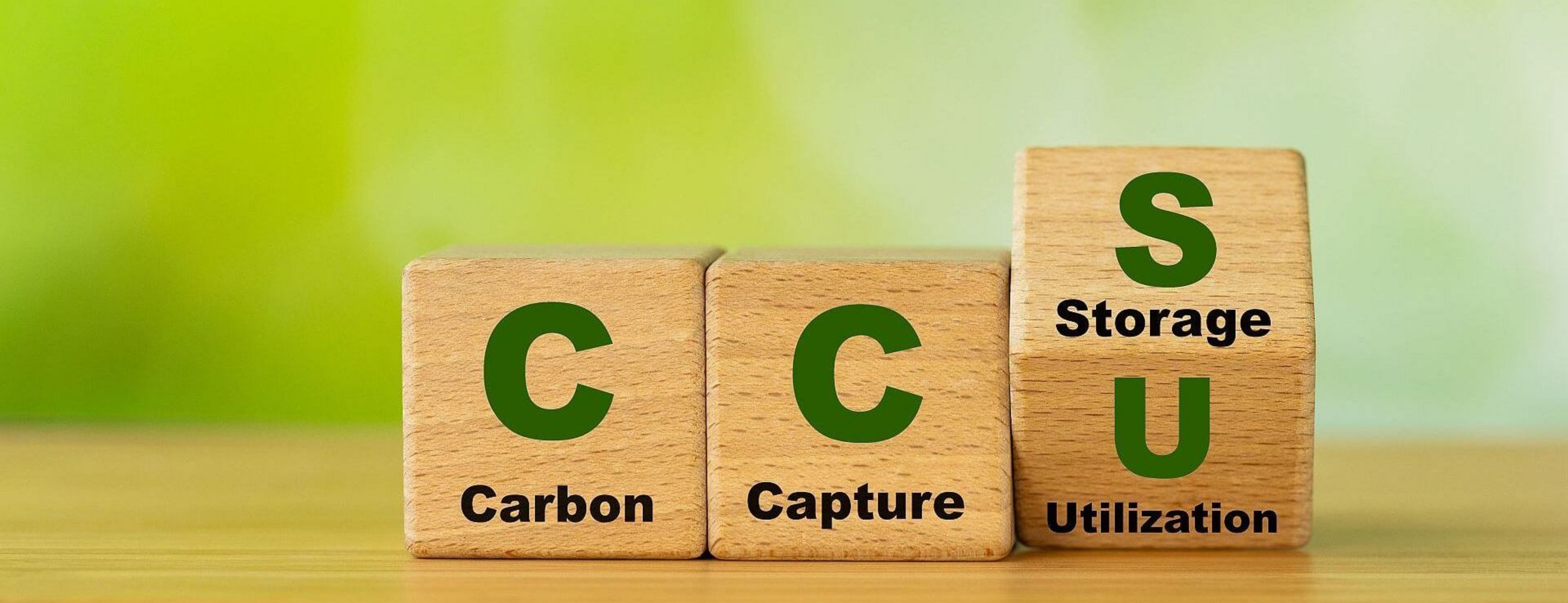
Climate
Industrial Carbon Management
cepPolicyBrief
"The use of these still expensive technologies can make an important contribution to achieving climate neutrality by 2050. These steps can make hard-to-abate industrial processes climate-neutral and neutralise remaining emissions by removing CO2 from the atmosphere," says cep lawyer Götz Reichert, who analysed the Commission's communication with cep economist André Wolf and cep environmental expert Svenja Schwind. It is necessary for the Commission to carefully consider potential safety and environmental risks and to take regulatory action.
Economically, high costs and the lack of a transport and storage infrastructure are still preventing the ramp-up of technologies for industrial CO2 management technologies. "It is therefore important that the EU creates favourable framework conditions for a CO2 internal market," emphasises Wolf.
According to Wolf, a central coordination platform can accelerate the development of transparent markets for trading transport and storage capacities. The announced development of a transparent and scientifically based balancing system would create the basis for fair competition. EU-wide coordination of grid planning is also a key prerequisite for a future CO2 internal market. The cep analysts criticise the local restriction of CCU applications, as some companies could be cut off from a profitable way to reduce their emissions. There is also a lack of a clear concept for the promotion of CO2 removal technologies, which are particularly important in the long term. "The envisaged integration into the EU ETS cannot yet be the right solution in the short term due to the large cost gap with abatement technologies. The Commission should make improvements and design new intelligent funding instruments as quickly as possible to support the market development for CO2removal," says Schwind.






